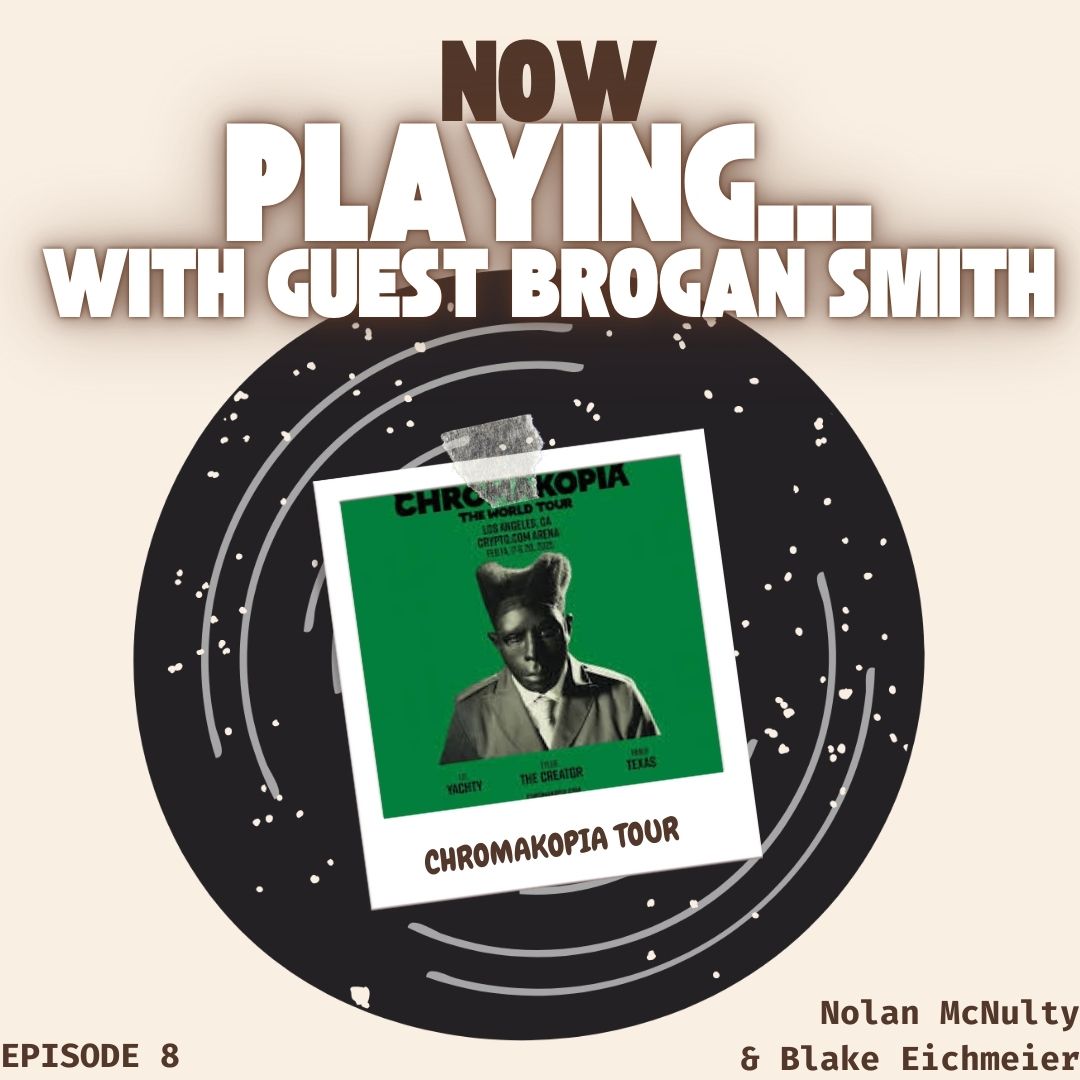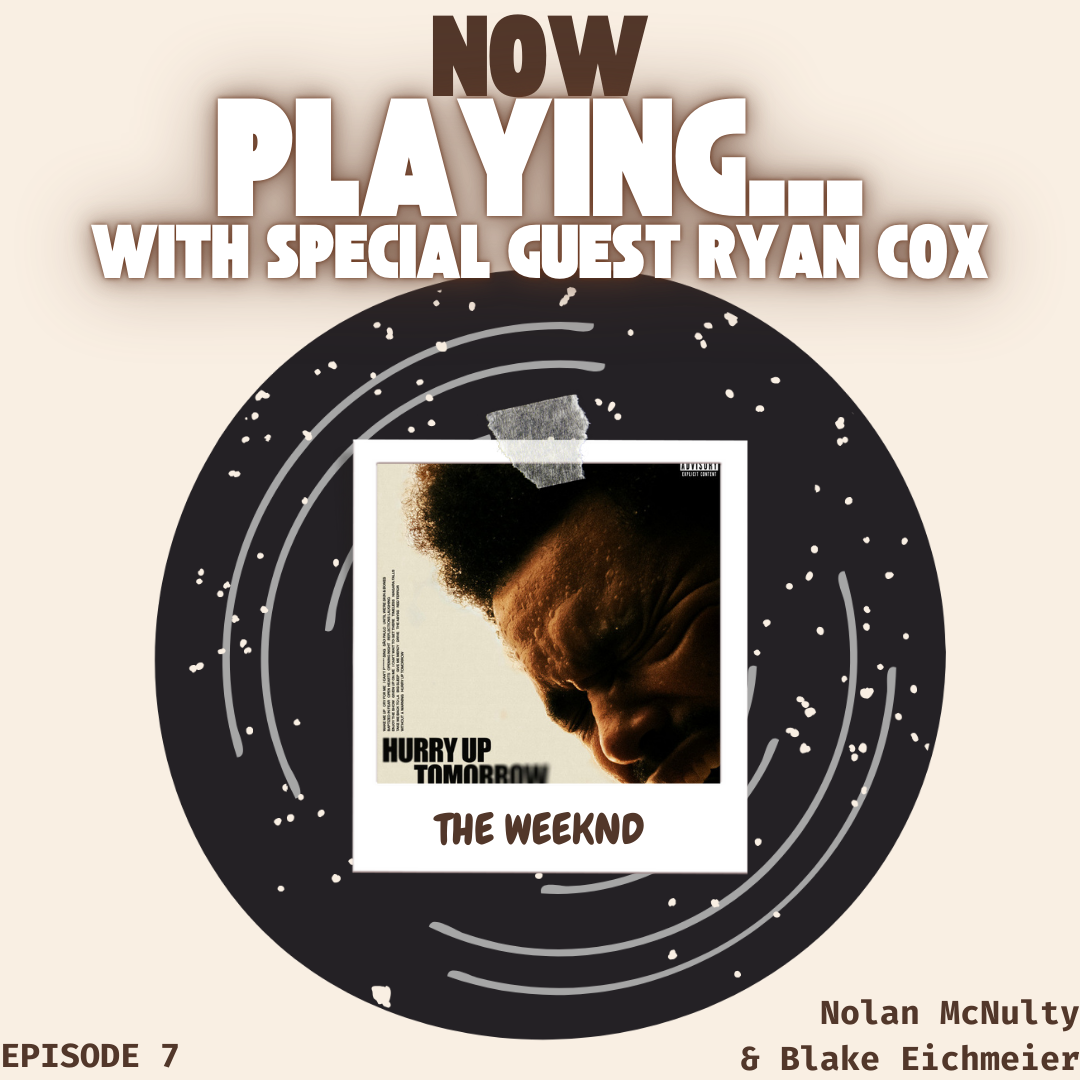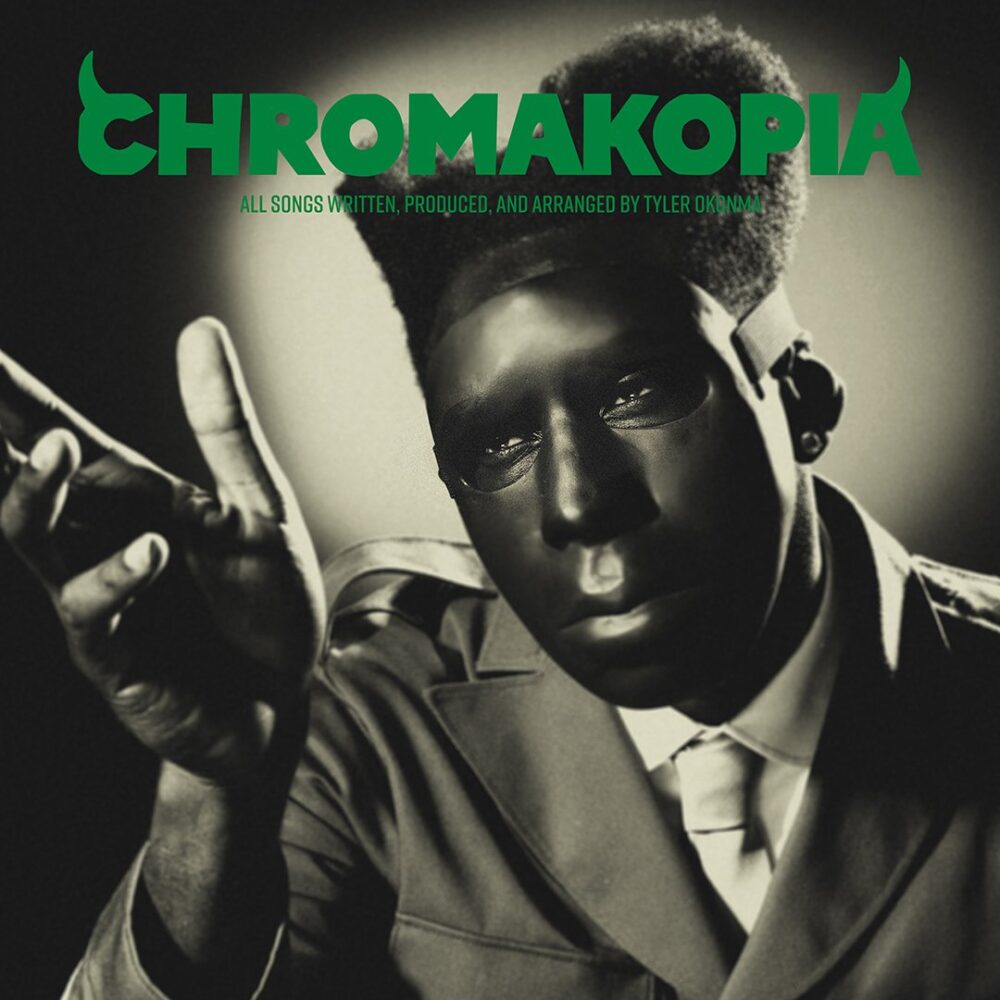A little less than two weeks ago, rapper Tyler, The Creator, made a post to Instagram featuring a snippet of new music and an explosive accompanying video; his first new music in more than three years, which created a hype train that has done nothing but pick up steam due to Tyler’s follow-up post a day later announcing the planned release of a new album on Oct 28..
And with continuous posts from Tyler’s Instagram containing more new music and accompanying videos, the release of tour dates scheduled for spring of 2025, and even a new merchandise drop flooding everybody’s feed leading up to the 28th, the hype reached a level that far surpasses any other album released this year. But with all of this hype came equal amounts of skepticism and doubt from fans, because in the midst of Tyler’s hiatus from music came the time to release an album.
Tyler has followed a bi-annual album release since his first mixtape “Bastard” dropped in 2009, so it was expected that he would follow tradition and drop new music in 2023. However, rather than releasing a completely original album, Tyler re-released his 2021 record “CALL ME IF YOU GET LOST” with a few additional (and nothing exciting if I’m being honest) songs, which received murmurs of disappointment that re-arose with the promise of a new album.
But, one thing was for certain; everybody was itching to hear it, and, just like he promised, “CHROMAKOPIA” dropped on Oct. 28 at 6 a.m. (est.) sharp. And, just like Tyler always does, he proved that the hype was more than worth it, while simultaneously giving not just the skeptics but everybody an explanation for his absence and showing through the music that while he may have been gone before, he isn’t going anywhere for now.
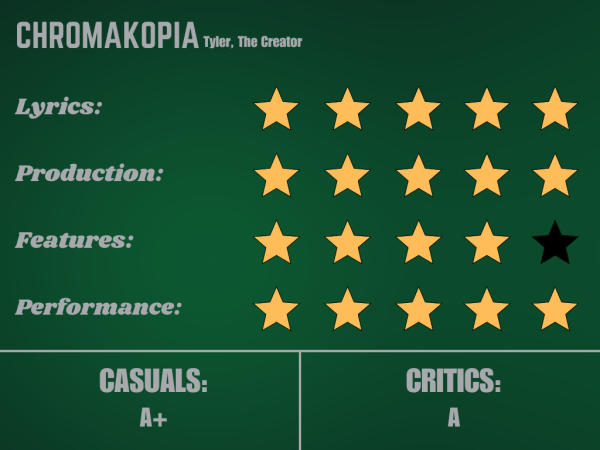
THE MUSIC
“CHROMAKOPIA” opens with the track “St. Chroma,” which begins with a solo echoey female voice saying, “You are the light, it’s not on you, it’s in you… don’t you ever in your m*********ing life dim your light for nobody.” All of the sudden, militant chants of “Chromakopia” and the rhythmic stomping of boots barge their way into your ears, and away we go. “St. Chroma” switches seamlessly from an eerie, militant beat into a Gospel-esque and angelic bridge, just to throw you straight back into a malicious sounding, bass-powered beat switch that carries over into the equally malicious “Rah Tah Tah.”
Tyler’s an artist that’s notorious for his continuously changing sound and has a tendency to switch up the beat when you least expect it, but he takes this tendency to the max on all of “CHROMAKOPIA.” What’s unique about these switches, however, is that each new sound that emerges throughout the album isn’t a new sound at all; in fact, they’re all shockingly similar to a sound Tyler has used on earlier projects.
For example, the malicious back-half of “St. Chroma” and all of “Rah Tah Tah” are eerily reminiscent of songs like “THE BROWN STAINS OF DARKEESE LATIFAH PART 6-12” and “BUFFALO” on his 2015 album “Cherry Bomb,” with the same feedback filled overdrive bass, menacingly-pitched synth, and thundering, relentless drums constantly thumping; the third track, “Noid”, shares the same unusual duo of a grimy techno-synth bass and a classical grand piano that’s heard on songs like “EARFQUAKE” and “IGOR’S THEME” off of his 2019 album “IGOR;” and the seventh track, “Judge Judy,” has a near identical drum pattern, fluttering electric piano, and soulful chorus similar to songs like “911/Mr. Lonely” and “Boredom” off of his 2017 album “Flower Boy.”
Numerous other examples are scattered throughout “CHROMAKOPIA,” but basically every sound Tyler has invented, pioneered, or experimented with throughout his career is present somewhere on the album. Because of this, the album’s sound and feel are all over the place, but Tyler pulls it off so masterfully in his extremely skilled and awe-inspiring production that every sudden beat switch or unexpected bridge feels like a kick in the nuts in the best way possible.
Despite the clashing of so many various styles and sounds Tyler has utilized before, “CHROMAKOPIA” is able to create its own unique sound and reach the high standard of diverse individuality that has become the standard of a Tyler, the Creator album. However, rather than experimenting with new styles or new instrumentation to distinguish its unique sound like Tyler’s previous projects, “CHROMAKOPIA” mashes all of Tyler’s past experimentation and sense of style together to accomplish this goal. I always describe Tyler as a master of controlled chaos, and “CHROMAKOPIA”’s sound is the definition of that; in your face and jumping all over the place with a nuanced gracefulness only Tyler can pull off.
THE MEANING
This diverse blending of past styles is also tightly interlocked with the diverse variety of subjects Tyler touches on in the album, which serve to explain not only where he’s been, but how he’s been.
“St. Chroma” begins with a hushed hype speech Tyler seems to be giving to himself, and he states over and over, “I’m gon’ make it out, promise I’m gon’ make it out”. Suddenly, a startling beat switch comes accompanied by a startling switch in tone, as Tyler spends the remainder of the introduction track admitting that he just needed time to figure himself out, and ponders the question of, “Do I keep the light on or do I gracefully bow out?”, all over a startling bass-fueled beat.
But with the motivational words from his mother in the background, he makes his decision with the interrupting switch into the relentless “Rah Tah Tah,” where Tyler spends the entire song flexing everything he’s got in demonically hard bars over a demonically hard beat. But after two nonstop minutes of this boastful lunacy, the beat gradually deconstructs into nothing, which leaves Tyler repeating, “I’m paranoid now…” in total silence for the last fleeting moments of the song, and Tyler again takes the opportunity to interrupt himself by soaring into the electrifying, spine-tingling opening chords of “Noid.”
“Noid” signifies Tyler’s first of many explanations for his musical hiatus, and these explanations get their own special showcase in nearly every remaining song on CHROMAKOPIA, a few of which I will rattle off quickly in the order they appear. “Noid” itself is mostly Tyler admitting to his struggles with paranoia, and how he feels like he is, “Living between cameras and recorders”, all fueled by an elaborate beat which constantly keeps you on the edge.
Tyler spends “Hey Jane” revealing the shocking story of an unplanned pregnancy in his personal life, which seems to be one of the main reasons for Tyler’s hiatus due to the brutal honesty and vulnerability he displays while he artfully explains both sides of a tragically complicated relationship, made even more complicated by the uncertainties of possible parenthood, all over an almost nervous sounding electric piano on the beat.
These same uncertainties fuel the vengeful “I Killed You,” where Tyler fantasizes with the idea of murdering his baby mama with sadistic lines like, “Full of shame so we straighten you out”, showing how the idea of having a child, specifically with this woman, is quite literally driving Tyler insane. But the angry flow gracefully morphs into a strangely blissful bridge from Childish Gambino that leads flawlessly into the strangely blissful “Judge Judy,” another song about falling in love that this time ends in tragic betrayal for Tyler himself, as Tyler gets dumped via a letter he reads at the end of the song.
Out of the shadows comes “Sticky,” a chaotic, off-the-walls beat which perfectly reflects Tyler falling into the overwhelmingly confusing culmination of everything happening within his personal life, reflected by the repeating phrase “Better find a mop, it’s gettin’ sticky in this b***h”, and fueled further by the startling, out of place features from Glorilla, Sexyy Red, and Lil Wayne.
However, it is here in the album where Tyler takes “CHROMAKOPIA” to an incredible level, and in the process proves his true musical masterfulness that seems to generate more and more hype every time it is on display. In the phenomenal ninth track “Take Your Mask Off,” Tyler examines three stories of people who despite their successes are still left empty, miserable, and unfulfilled because all of these successes do not correlate with these people’s true desires or sense of self, and Tyler instructs them to stop hiding from themselves and to “take your mask off”.
Through these examinations, Tyler then examines himself and reaches the same conclusion; in his hiatus he was not only hiding his problems from the public but from himself as well by continuously avoiding them, and these problems piled and piled until Tyler could not take it anymore. He created “CHROMAKOPIA” as a way to get everything off of his chest by spilling everything on the floor in this manner Tyler is finally able to take off his own mask and stop hiding from his own problems by vulnerably putting them on display for everybody to see. And with everybody’s attention, Tyler promises to do better by being truly honest about his life without the need of new personas, innovative sounds, or in-your-face styles; in other words, without the need of some kind of mask.
The album contains five more songs after “Take Your Mask Off,” and while each have their own focuses that pertain to certain subject matter mentioned on previous songs, they serve best to show two things; first, Tyler is indeed still making music, and second, Tyler is not planning on quitting anytime soon, as they stray away from the blending, diverse sounds on the rest of the album and lean towards a more organized, engineered sound that fans can look forward to in the future. This reflects Tyler’s success of his self-discovery and how while he still has to deal with his problems, he is getting it back on track, and this theme carries appropriately into the triumphant “I Hope You Find Your Way Home.” Near the end of the song, a different female voice from the one in “St. Chroma” expresses praise for Tyler in a prideful and tearful phone-call but ends with the same advice as the other voice with the line, “Do you, just keep shinin’”, which is exactly what he does with a raw, wonderous synth solo that closes out the final minute of the album.
With that solo, Tyler shows that in his hiatus he did indeed find his way home, as he lets himself truly shine through the wah-filled synth that has become a trademark of any of his music. That synth has withstood his drastic changes in style and sound and has remained a go-to instrument for Tyler despite all of these jumps, and with this reminder of the past in his hands, Tyler utilizes it to finally leave his past behind; the personas, the problems, everything that symbolizes this mask that he has worn is washed away as he gets lost in the synth all the way until the final fading seconds.
A SOLID COMEBACK
In “CHROMAKOPIA,” Tyler, the Creator not only appeases fans through explanations of his absence, but appeases himself by reflecting on this absence and the important revelation of an honest sense of self he learned because of it. By revealing this revelation through a self-deconstruction of his past styles and sounds, Tyler shows fans that he’s sick of pretending and wants to move forward with a clean slate that he can build his own sense of self on rather than continuing to try and scrape together his undefined, flawed sense of self. In other words, he does not want to make music as “Goblin,” or “IGOR,” or anybody else; Tyler wants to make music as Tyler, and “CHROMAKOPIA” lays the groundwork for him to be able to do so in the future if he chooses. But, thankfully, it sounds like Tyler still has a lot of music he is willing to share, and I will be the first in line to hear what he himself has to offer with his newfound sense of identity and purpose.
With all of this in mind and having just finished my eighth listen of the album, I give “CHROMAKOPIA” 4.5 stars out of 5; an incredibly well-made record across the board, and a promising peek into the future of Tyler, the Creator.






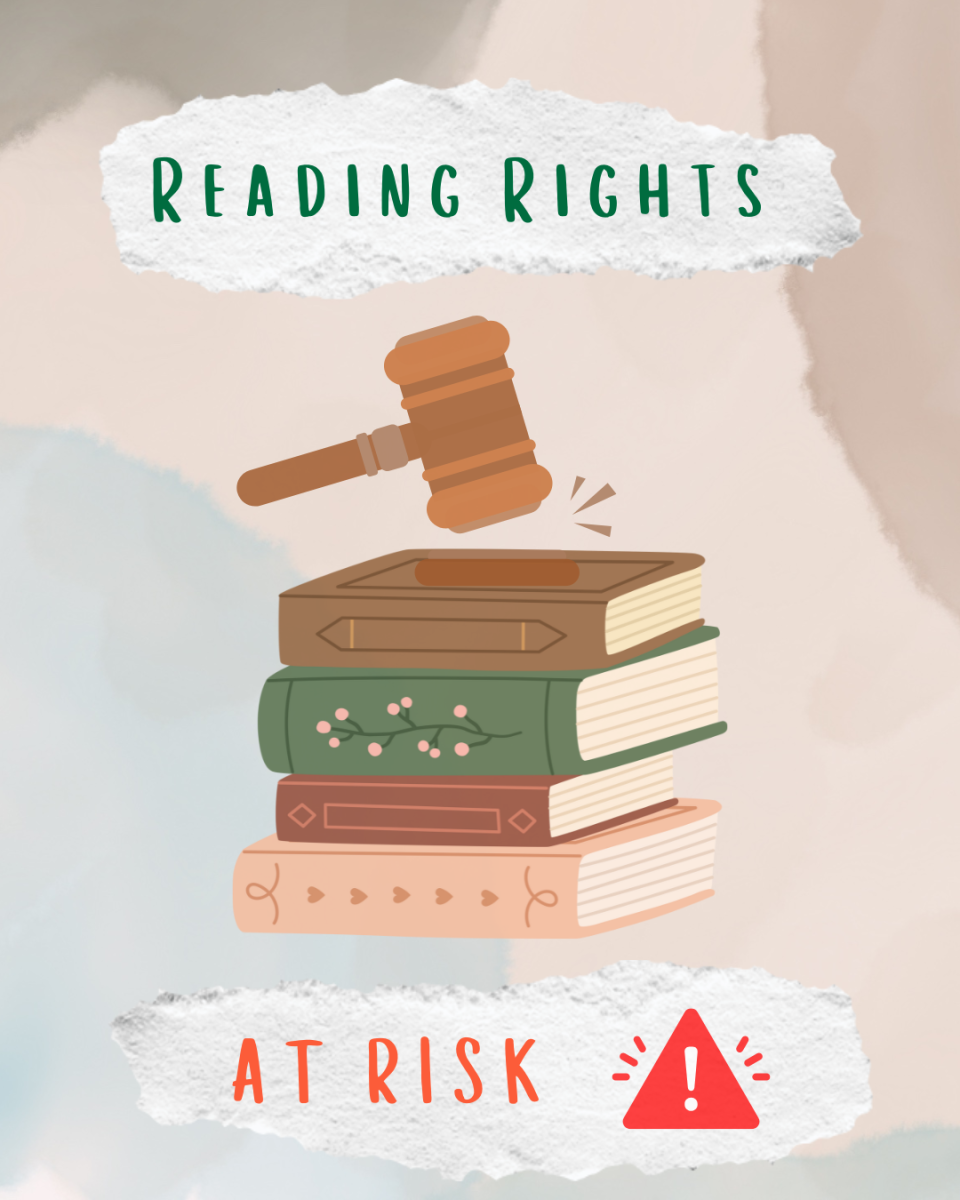
















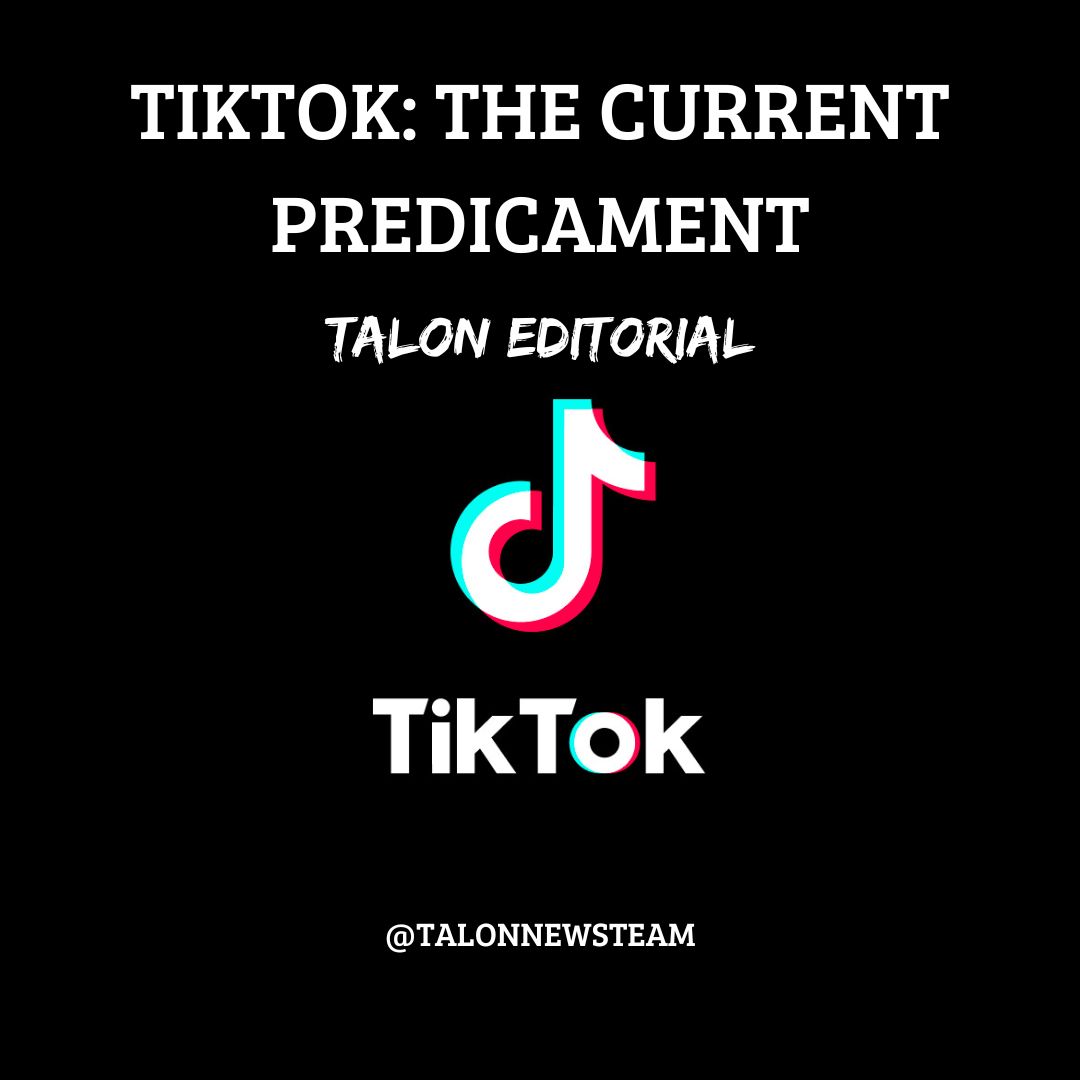






![Bing talking about the plan for the day with her students in one of her AP Biology courses. “If I wasn't passionate about working with students, I don't think [I’d stay in teaching], but no, it's absolutely the students that I have that [make it worth it,” Bing stated. Photo taken by Sylvia Bartlett.](https://ahstalonnews.com/wp-content/uploads/2025/04/bing.jpg)



